Ultimate Fast Charging Cable: Power Up 3X Faster!
Let&s be honest: in our hyper-connected world, waiting for your phone or laptop to charge feels like an eternity. As someone who navigates the digital landscape daily, from managing complex web development projects to ensuring client websites are always live, I understand the critical importance of efficiency. And when it comes to powering our essential devices, nothing beats the convenience and necessity of a reliable, truly fast-charging-cable-5-speed-secrets-revealed-in-this-guide/”>fast charging cable. You might think “a cable is just a cable,” but trust me, you&d be surprised how much difference the right one can make.
For years, I&ve seen countless people frustrated by agonizingly slow charge times, often blaming their device or charger when the real culprit was a sub-par cable. Today, we&re going to demystify the world of fast-charging-cable-5-speed-secrets-revealed-in-this-guide/”>fast charging cable technology, so you can make informed choices, save time, and keep your digital life running smoothly. Consider this your ultimate guide to powering up, quickly and safely.
Why Is My Phone Charging So Slowly? (And Why You Need a fast-charging-cable-5-speed-secrets-revealed-in-this-guide/”>fast Charging Cable)
Direct Answer: Your device is likely charging slowly because your cable, power adapter, or both, aren&t equipped to handle modern fast-charging-cable-5-speed-secrets-revealed-in-this-guide/”>fast charging protocols. Investing in a high-quality fast-charging-cable-5-speed-secrets-revealed-in-this-guide/”>fast charging cable is the first step to unlocking rapid power delivery.
Many of us are still using the generic cables that came with older devices, or worse, cheap replacements that promise the world but deliver very little. The truth is, not all cables are created equal. Older cables, or those made with low-quality materials, simply can&t transmit the higher wattage required for fast-charging-cable-5-speed-secrets-revealed-in-this-guide/”>fast charging. Think of it like trying to fill a swimming pool with a garden hose – it&ll work eventually, but it&s going to take a very long time.
Modern smartphones, tablets, and even laptops support various fast-charging-cable-5-speed-secrets-revealed-in-this-guide/”>fast charging standards like USB Power Delivery (PD) or Qualcomm Quick Charge. These technologies require specific voltage and current flows, and if your cable isn&t designed to handle them, you&re bottlenecking the entire charging process. A dedicated fast-charging-cable-5-speed-secrets-revealed-in-this-guide/”>fast charging cable is engineered to safely and efficiently deliver that higher power, significantly reducing your wait time.
What Makes a Cable a “fast-charging-cable-5-speed-secrets-revealed-in-this-guide/”>fast Charging” Cable Anyway?
Direct Answer: A fast-charging-cable-5-speed-secrets-revealed-in-this-guide/”>fast charging cable is designed with thicker internal wires, better shielding, and sometimes an E-Marker chip, allowing it to safely and efficiently transmit higher power (wattage) and often faster data speeds compared to standard cables.
It&s not magic; it&s engineering. Here&s a breakdown of what makes a cable truly “fast-charging-cable-5-speed-secrets-revealed-in-this-guide/”>fast“:
- Wire Gauge: Thicker copper wires inside the cable reduce resistance, allowing more current to flow without excessive heat buildup. This is crucial for higher wattage charging.
- Shielding: Good shielding protects the internal wires from electromagnetic interference, ensuring stable power delivery and data transfer.
- E-Marker Chip (for USB-C PD): High-power USB-C to USB-C cables (especially those supporting 60W or more) often include an “E-Marker” chip. This tiny chip communicates the cable&s capabilities (like maximum power and data speed) to the connected devices, ensuring safe and optimal power negotiation. Without it, your device might default to a slower, safer charging speed.
- Connectors: High-quality connectors ensure a snug, reliable fit, minimizing resistance and potential damage.
In essence, a superior charging cable is built to handle the demands of modern power delivery protocols, ensuring your devices get the juice they need, quickly and safely. You&ll often see these cables rated for specific wattages, like “100W USB-C Cable,” indicating their maximum power throughput.
How Do I Choose the Right fast-charging-cable-5-speed-secrets-revealed-in-this-guide/”>fast Charging Cable for My Devices?
Direct Answer: Select a cable that matches your device&s port type (e.g., USB-C to USB-C), supports the power delivery standard of your charger and device (e.g., 60W, 100W), and comes from a reputable brand with proper certifications.
Choosing the right cable can seem daunting with all the options out there, but follow these steps:
- Identify Your Device&s Ports:
- USB-C to USB-C: Common for modern Android phones, iPads, MacBooks, and many Windows laptops. This is generally the fastest and most versatile option.
- USB-A to USB-C: Still popular for older chargers with USB-A ports connecting to newer USB-C devices. While convenient, USB-A usually has lower power limits than USB-C PD.
- USB-A to Lightning: For older iPhones/iPads with USB-A chargers.
- USB-C to Lightning: For newer iPhones/iPads that support fast-charging-cable-5-speed-secrets-revealed-in-this-guide/”>fast charging with a USB-C power adapter. Look for MFi (Made for iPhone/iPad) certification for reliability.
- Match Power Delivery (Wattage): Check your device&s maximum charging wattage and your power adapter&s output. If your phone supports 25W fast-charging-cable-5-speed-secrets-revealed-in-this-guide/”>fast charging and your adapter outputs 30W, get a cable rated for at least 30W (or higher, it&s future-proof). For laptops, you might need 60W, 100W, or even 240W cables.
- Consider Data Transfer Speeds: If you frequently transfer large files (e.g., for video editing or web development tasks), a cable supporting USB 3.0 (5Gbps), USB 3.1 (10Gbps), or USB 4/Thunderbolt (20-40Gbps) will be beneficial. Many fast-charging-cable-5-speed-secrets-revealed-in-this-guide/”>fast charging cables also support high data speeds, but always double-check.
- Durability and Length: Braided nylon cables are often more durable than plain PVC. Consider the length you need – a shorter cable usually has less resistance and can sometimes deliver power slightly more efficiently, but choose what&s practical for your setup.
- Certifications: Look for USB-IF certification for USB-C cables and MFi certification for Lightning cables. These ensure the cable meets safety and performance standards.
Are All fast-charging-cable-5-speed-secrets-revealed-in-this-guide/”>fast Charging Cables Created Equal? (Spoiler: No!)
Direct Answer: Absolutely not. There&s a significant difference in quality, safety, and performance between a reputable brand&s fast-charging-cable-5-speed-secrets-revealed-in-this-guide/”>fast charging cable and a generic, uncertified one. Always prioritize trusted manufacturers.
The market is flooded with cheap, unbranded cables that promise “super fast-charging-cable-5-speed-secrets-revealed-in-this-guide/”>fast charging” but often fall short. These cables might use inferior materials, thinner wires, or lack proper shielding, leading to:
- Slower Charging: They simply can&t deliver the advertised power.
- Overheating: Poor wire gauge can cause the cable to heat up excessively, posing a fire risk.
- Damage to Devices: Incorrect voltage or current delivery can harm your device&s battery or charging port over time.
- Poor Data Transfer: Unreliable data connections or no data transfer at all.
Brands like Anker, Belkin, UGREEN, and Apple (for MFi Lightning cables) have built reputations for producing reliable, high-quality cables. While they might cost a bit more, it&s an investment in the safety of your devices and your peace of mind. For more in-depth reviews and comparisons, tech review sites like Tom&s Guide or Android Authority are excellent resources.
Practical Tips for Maximizing Your fast-charging-cable-5-speed-secrets-revealed-in-this-guide/”>fast Charging Experience
Direct Answer: To get the most out of your fast-charging-cable-5-speed-secrets-revealed-in-this-guide/”>fast charging cable, pair it with a compatible, high-wattage power adapter, keep both in good condition, and avoid extreme temperatures.
Even with the best cable, a few practices can enhance your charging experience:
- Use a Compatible Power Adapter: Your cable is only as good as the charger it&s connected to. Ensure your wall adapter supports the fast-charging-cable-5-speed-secrets-revealed-in-this-guide/”>fast charging standard and wattage your device needs (e.g., a 20W PD charger for an iPhone, or a 65W PD charger for a laptop).
- Keep Connections Clean: Dust and lint can accumulate in your device&s charging port and on the cable&s connector, impeding proper contact. Gently clean them with a non-conductive tool (like a wooden toothpick or a blast of compressed air).
- Avoid Extreme Temperatures: Charging in very hot or very cold environments can slow down charging and degrade battery health.
- Don&t Abuse Your Cables: Avoid yanking cables out by the cord, bending them at sharp angles, or stepping on them. Proper handling extends their lifespan and maintains performance.
For additional tips on optimizing battery health and charging practices, check out our article on “Power Bank Essentials: Staying Charged On The Go”.
Shop Related Products on eBay
Find the best deals on these recommended products:
… (Content truncated for length) …
About the Author:
Poly Kaza is a seasoned technology journalist and wearable tech enthusiast with over a decade of experience reviewing and analyzing the latest innovations in smart devices. He has a deep understanding of the underlying technologies that power smartwatches and a passion for helping consumers make informed decisions about their digital companions. His work focuses on bridging the gap between complex technical specifications and practical user experience, with a keen eye on how wearables impact daily life and health.
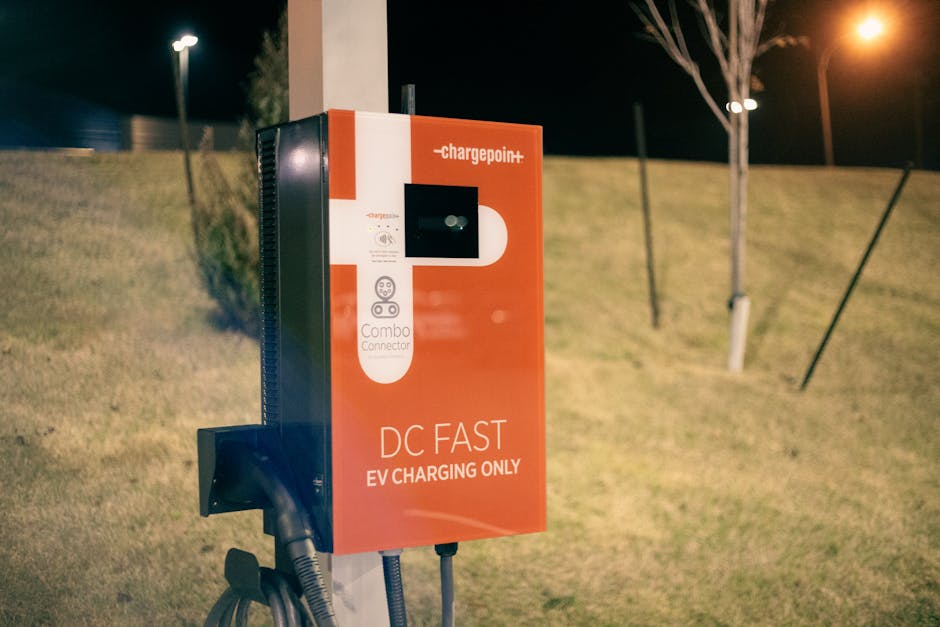
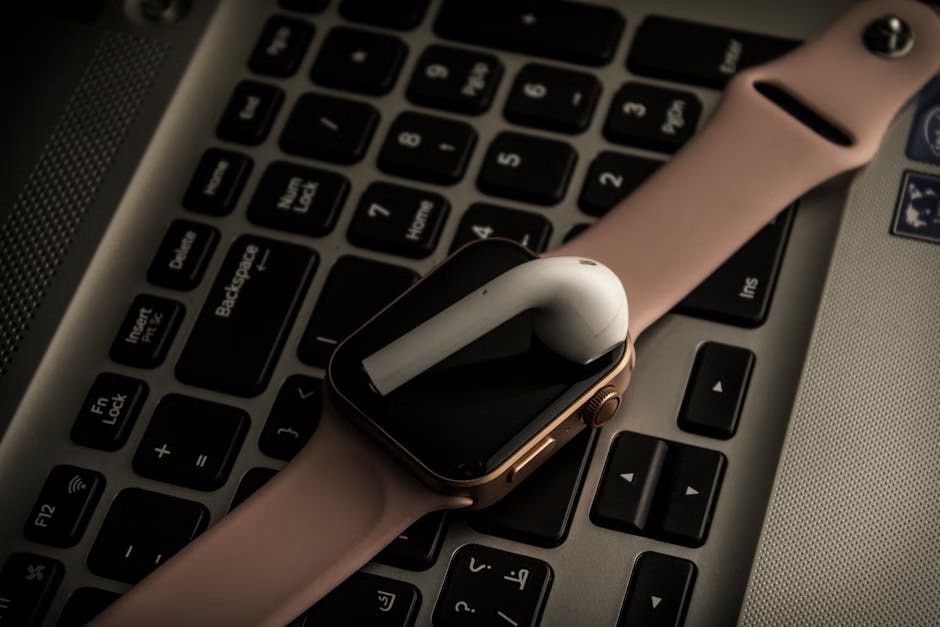
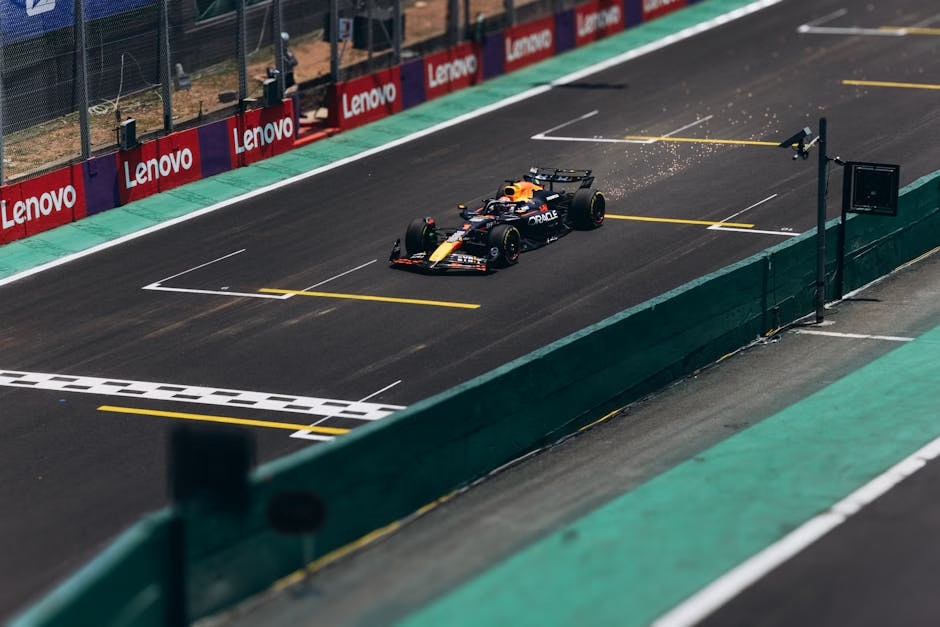

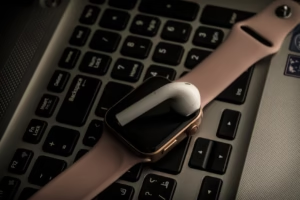

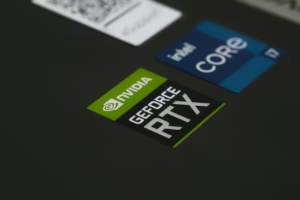

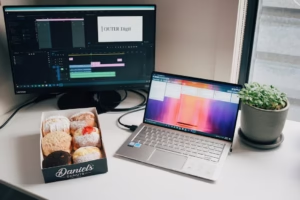




2 comments